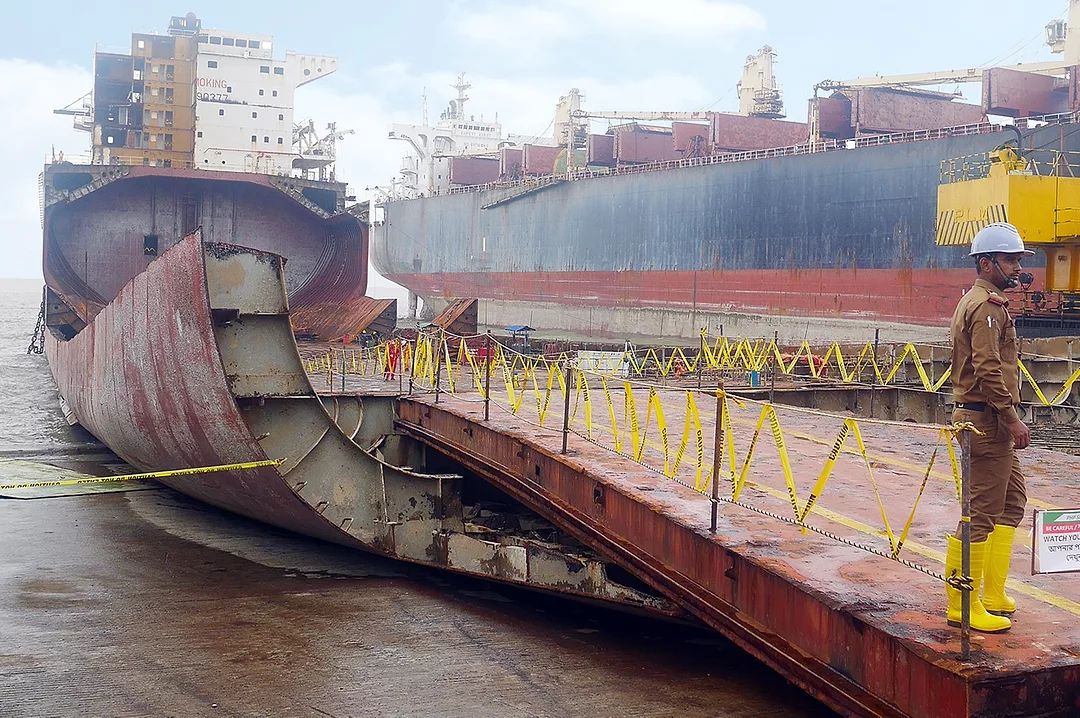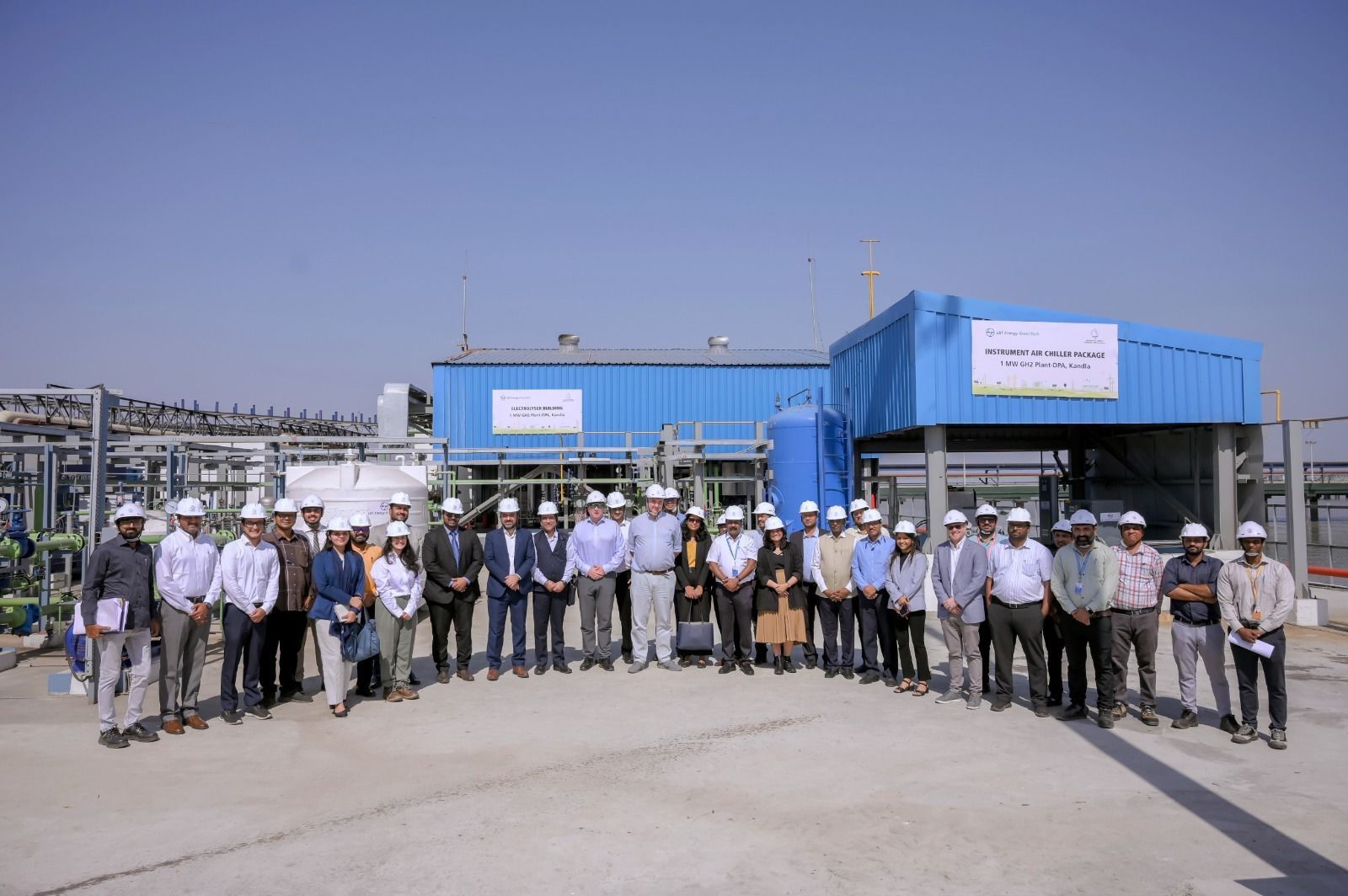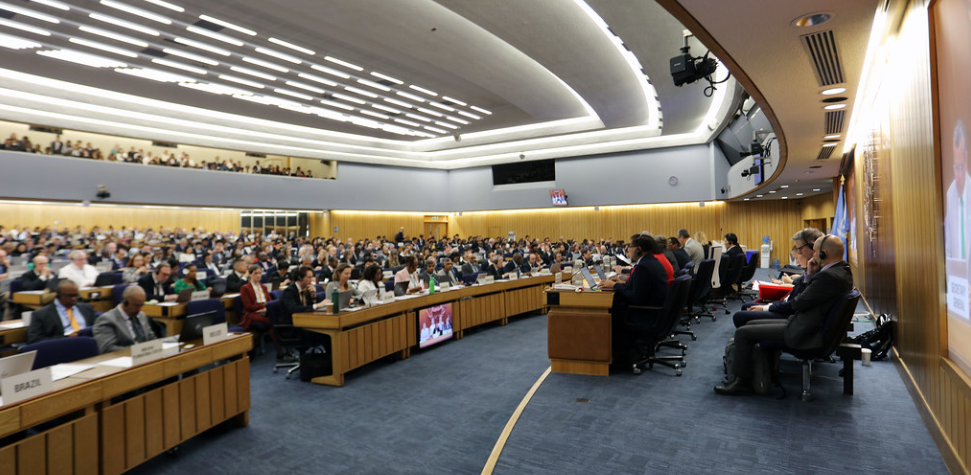India Emerges as a Maritime Power: PM Modi Highlights Naval Achievements and Global Role
Prime Minister Narendra Modi emphasized India’s growing stature as a major maritime power on Wednesday and its recognition as a reliable and responsible global partner. Speaking at a landmark event marking the commissioning of three naval warships, PM Modi underscored the country’s commitment to fostering an open, secure, inclusive, and prosperous Indo-Pacific region, while also highlighting the indigenization efforts driving the nation’s self-reliance.

The commissioning of a destroyer, a frigate, and a submarine together marked a historic moment for the Indian Navy, as it was the first time these three classes of warships were inducted simultaneously. All three warships, built under the ambitious ‘Atmanirbhar Bharat’ (Self-Reliant India) initiative, symbolize India’s growing capabilities in defense manufacturing. PM Modi expressed pride in the nation’s achievements, stating that such milestones reinforce India’s position as a formidable maritime power.
A Leap Towards Naval Self-Reliance
The prime minister attributed this success to the ongoing ‘Atmanirbhar Bharat’ campaign, which aims to reduce dependency on foreign defence imports by promoting domestic production. “The ‘Atmanirbhar Bharat’ initiative has made the country strong and self-reliant. It’s a testament to our ability to innovate and develop cutting-edge technology,” PM Modi said. He lauded the Indigenous development of the warships, stressing that India’s defence manufacturing sector is now setting benchmarks for excellence and innovation.
The destroyer, frigate, and submarine represent a significant leap in India’s naval capabilities, equipping the nation to safeguard its waters better and contribute to regional and global maritime security. PM Modi emphasized that these advancements are not only about protecting India’s coastline but also about contributing to the safety of international waters.
India’s Commitment to a Secure Indo-Pacific
Highlighting the Indo-Pacific region’s geopolitical significance, PM Modi reiterated India’s support for an open and inclusive maritime domain. The region, which serves as a critical conduit for global trade and commerce, has gained prominence amid shifting geopolitical dynamics.
“India has always supported an open, secure, inclusive, and prosperous Indo-Pacific region. As a responsible maritime power, we are committed to ensuring that these waters remain safe for global trade and free from threats like terrorism, drug trafficking, and arms smuggling,” he stated.
The prime minister pointed out that India’s proactive role in the Indian Ocean region, especially its position as the “first responder” in times of crisis, has strengthened its global standing. Be it disaster relief, anti-piracy operations, or humanitarian assistance, India has consistently risen to the occasion, showcasing its commitment to regional stability and peace.
Tackling Maritime Challenges
PM Modi called for collective global efforts to secure the seas against illicit activities. He noted the increasing use of maritime routes for the trafficking of drugs, weapons, and human beings, which poses significant challenges to global security.
“We should become a global partner in securing the sea from drugs, weapons, and terrorism and make it safe and prosperous,” he said. By investing in advanced naval capabilities and fostering international collaboration, India is positioning itself as a key player in addressing these threats.
Shaping Global Dynamics
India’s maritime advancements are not limited to security. PM Modi highlighted their broader implications for global economics and geopolitics. “India is going to play a major role in giving direction to global security, economy, and geopolitical dynamics,” he remarked.
As a fast-growing economy and a significant geopolitical player, India is leveraging its maritime capabilities to influence global discussions. With its strategic location in the Indian Ocean and a rapidly modernizing navy, India is well-poised to bridge gaps between the East and the West, fostering cooperation and mutual growth.
A Vision for the Future
The commissioning of the three naval warships is a step toward realizing PM Modi’s vision of a stronger, more self-reliant India that plays a leading role on the global stage. It also reflects the country’s growing commitment to technological innovation, indigenous manufacturing, and regional collaboration.
India’s transformation into a maritime power is not just about defence but about creating a secure and prosperous maritime environment that benefits the entire world. As PM Modi concluded, “India is becoming a major maritime power and is being recognized as a reliable and responsible partner.”
This milestone marks the beginning of a new era for India’s Navy and its role in shaping the future of maritime security and cooperation. With its focus on self-reliance and global partnership, India is steering toward a future where it not only protects its shores but also contributes to a safer and more inclusive world.
Author: shipping inbox
shipping and maritime related web portal








